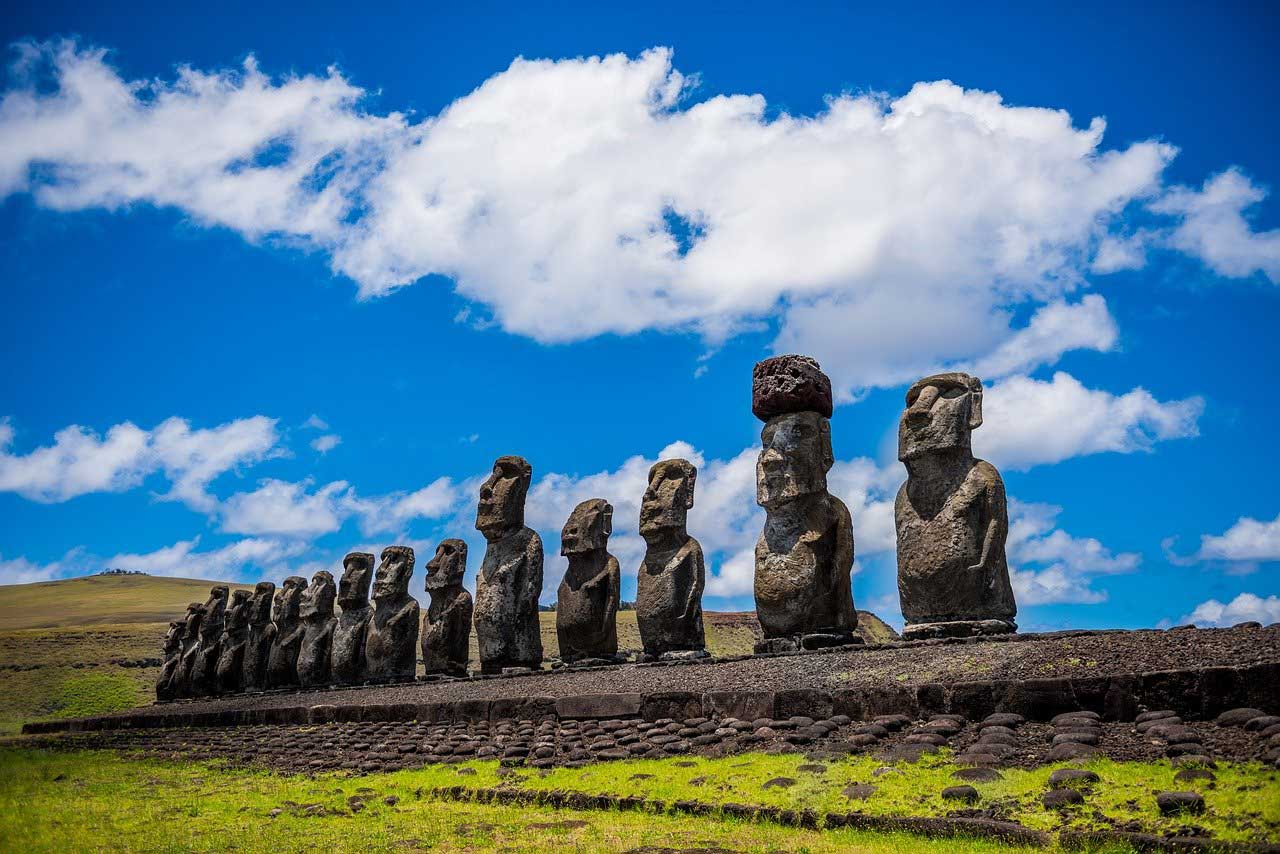Easter Island has reopened to tourists 868 days after the border closed.
Easter Island, or Rapanui as the locals call it, has reopened to tourists thanks to the measures taken to combat the coronavirus. Thus, the possibilities of testing and tracing contact persons have been increased. The staff assigned to these tasks has been increased by 500 percent and the staff of the Hanga Roa hospital has been expanded by 40 percent. In addition, a new oxygen plant has been installed, which will allow adequate medical care in the context of COVID-19.
“Expectations are high, people are happy. This is important not only for the tourism sector and the economy as a whole but also because there is a sense of freedom, there is an opportunity to leave the island and return,” said the head of Rapanui, Pedro Edmunds.
From now on, tourists wishing to visit the island must take an antigen test upon arrival in Rapanui.
Easter Island is located in the southeastern Pacific Ocean in Chile.
Along with the archipelago, Tristan da Cunha is the most remote inhabited island in the world. Rapanui is largely known for its moai, stone statues made of compressed volcanic ash, which, according to local beliefs, contain the supernatural power of the ancestors of the first king of Easter Island, Hotu-Matu’a.

